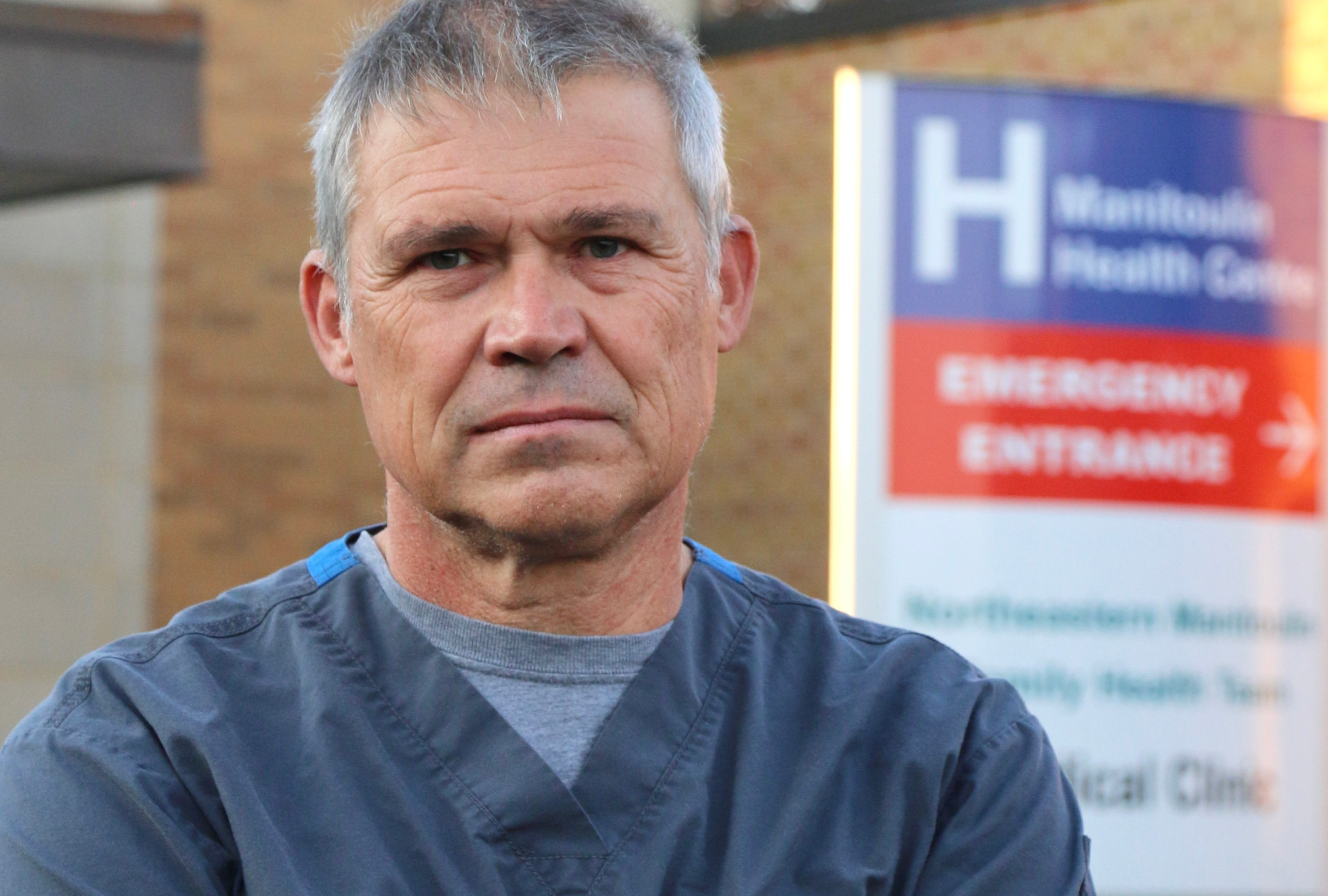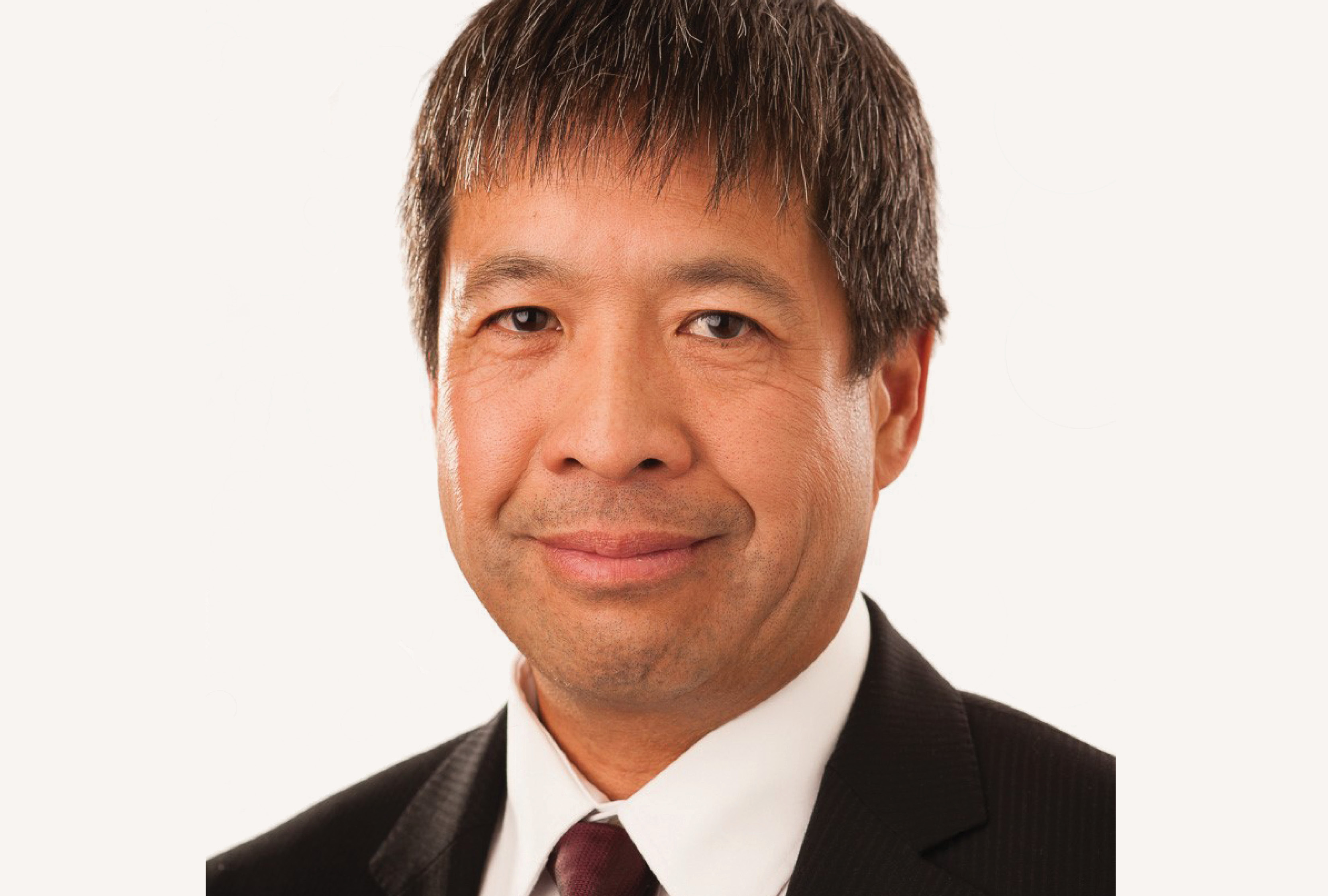New charter promotes collaboration among physicians, the OMA
Ask what your district does for you and what you can do for your district. The answers to those questions can be found in the Ontario Medical Association’s new district charter, which highlights the historic role districts play and how members can meaningfully engage with their districts.
As part of the OMA’s broader governance transformation in 2020, aligning its constituency groups with new governance requirements, a new district charter and leadership structure was developed to increase transparency and accountability. At the same time, members have a greater opportunity to improve and advocate for health care relevant to their local regions and patients.

“The reorganization has led to a more efficient organization, greater transparency and clearer opportunities for members to contribute when they can,” said Dr. Stephen Cooper, District 9 past chair and chief of staff at Manitoulin Health Centre on Manitoulin Island. “For patients, it allows the OMA to better identify gaps in the health-care system where physicians can support patients and then advocate for changes to fill those gaps for patient care.”
Dr. Stephen Cooper, District 9 past chair and chief of staff at Manitoulin Health Centre on Manitoulin Island
As the first constituency group to be reviewed – with sections, branch societies, medical interest groups and fora to follow – the important role districts play in supporting and advocating for members is driving the transformation.
Over the last year, district chairs and OMA staff collaborated to establish an inventory of the ongoing activities, roles and responsibilities of all 11 districts to inform the new charter.
The charter, approved by the OMA’s Board of Directors in February, is guided by five main themes: representing local physicians’ voices; encouraging community engagement; developing local leadership through social connection and information sharing; recognizing the importance of local advocacy; and respecting OMA governance. The goal is to better support districts’ advocacy efforts, ensure district activity is consistent and increase physician engagement regionally with the OMA.
“This charter will empower and resource the districts to facilitate regional leadership and advance member priorities to the organization,” said Dr. Cathy Faulds, chair of the OMA Board of Directors and a palliative care physician in London Middlesex. “Specialists and family physicians in all sites of practice are encouraged to be involved so that physicians can continue to be the trusted voice of leadership for our system. Strong districts produce a strong and collective OMA that will effect health-system change for our patients.”
A streamlined leadership structure, including new district executive positions, diversifies representation, builds capacity and allows for increased engagement with district leaders. More clearly defined roles and responsibilities will guide plans to meet goals and ensure the mandate is followed over the long term.
The added positions of vice-chair and members at large (four to six per district executive depending on district size) were up for election during a special by-election that concluded in early April. These individuals will work with their district chair, as well as a past chair and secretary/treasurer, the latter two of which are optional roles that may be included in a district executive. District executives are also supported by a broader leadership group, which includes branch society presidents or local physician leaders that play an advisory role, while delegate positions have been phased out.
Dr. Albert Ng, a Windsor-based physician, District 1 chair and president of the Ontario Medical Foundation, said the new structure allows flexibility while providing leadership opportunities for more members and building succession planning capacity.

“It helps distribute the district responsibilities to other leaders, rather than just the chair, which will add a more diverse lens to the work being done, deepen the pool of expertise and broaden the various experiences to others,” Dr. Ng said.
Decisions will be made collaboratively between the district executive with advice from branch societies and physician leaders from health-care bodies such as Ontario Health Teams and medical staff associations. Resources will be aligned with district-specific priorities top of mind.
Dr. Albert Ng, a Windsor-based physician, District 1 chair and president of the Ontario Medical Foundation
Dr. Ng said Windsor in particular will benefit from this structure, as the region has historically seen branch societies lead health-care advocacy and physician engagement.
"Engaging other leaders will facilitate more co-ordinated efforts to address health-care issues in our region,” he said. “Because the district more closely mirrors the political landscape, advocating for unique local issues can be more effectively addressed, which in turn will enhance patient care in respective regions.”
More collaborative leadership will also help district executives recognize and address the varying challenges faced by regions, said Dr. Cooper, highlighting those in northern Ontario, which include low-density population, limited resources and poorer patient health.
“These challenges mean that many health-care programs need to be greatly modified or (they) simply won’t work in the north – other solutions need to be found,” he said. “Having a broad geographical leadership team allows the district to appreciate unique community challenges.”
Implementation plans are being developed with the district executive, physician leaders and OMA staff to ensure the mandate is realized across all districts. This includes prioritizing and streamlining activities and onboarding leaders while ensuring they have access to resources and information to fulfill their roles. Leadership advice and guidance, such as sharing best practices and strategies, as well as identifying local priorities and challenges, will be ongoing and essential to fulfilling the mandate.
As implementation proceeds, success will be measured by weighing mandate requirements against actual activities. For example, it will be important to assess whether work plans align with district-specific challenges and track the number of activities that take place across districts. District member survey results may also be used to measure leader and member satisfaction.
“Our focus over the next year is to build a strong foundation that will help districts achieve identified goals,” Dr. Faulds added. “We are hopeful that the changes will help strengthen the role of the districts in supporting and providing value to members. It will also strengthen our connection to other physician leaders and grassroots members regionally.”